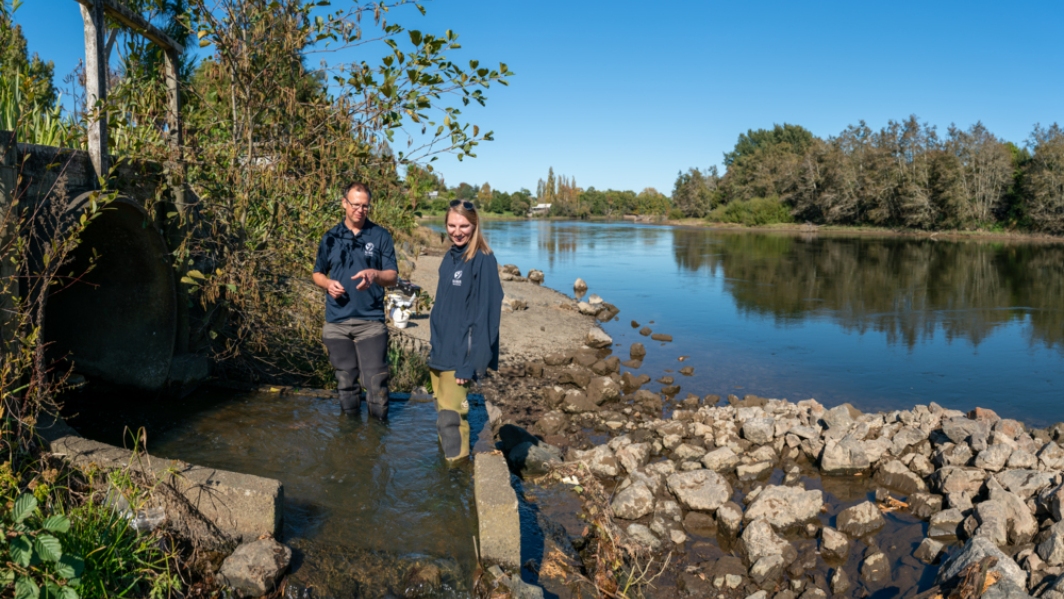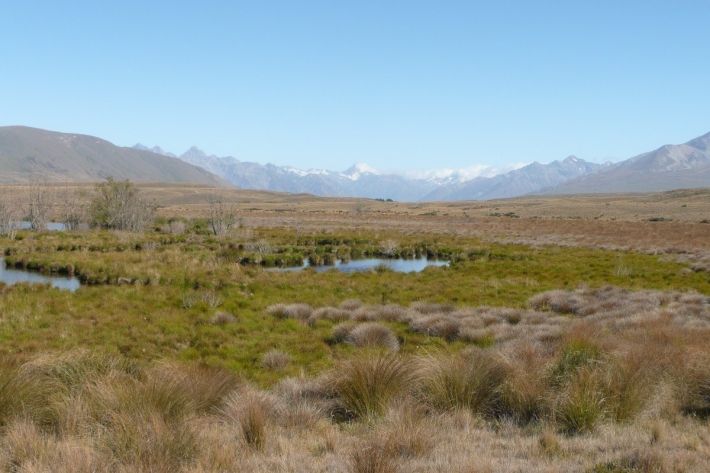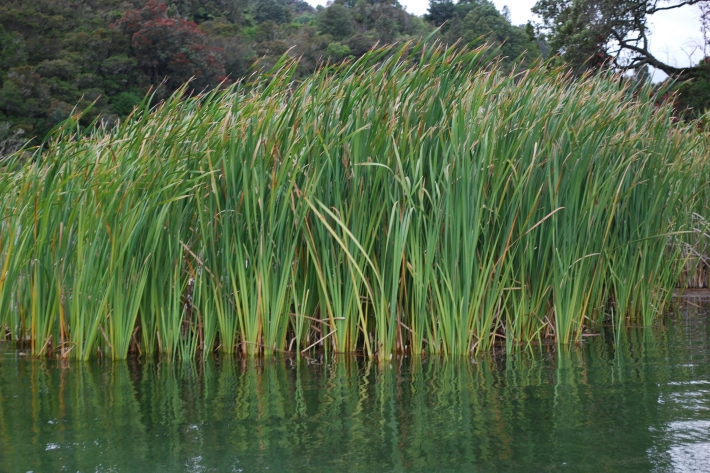-
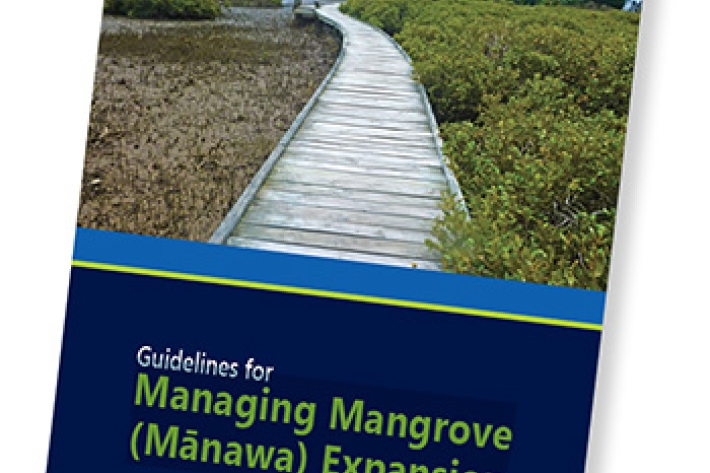
Mangroves: to clear or not to clear?
Media release19 May 2017NIWA scientists have written a guide for managing mangroves, prompted by a desire for people to learn more about mangrove ecosystems, and what happens when they are removed. -
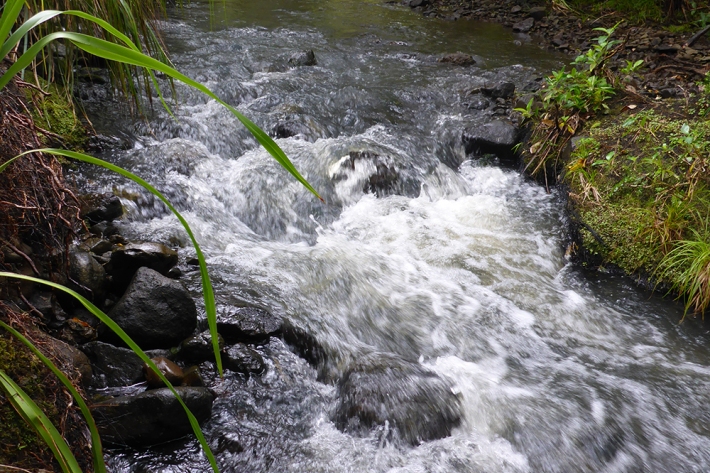
NIWA Technical Background report for MfE “Clean Water” Swimmability Proposals for Rivers
News article11 May 2017NIWA provides technical background information on "Clean Water" swimmability proposals. -

Paradise for eels? Getting to know the secrets of NZ's new icon
Feature story09 May 2017As New Zealand's "Mr Eel", Niwa's Dr Don Jellyman has heard every tall tale. And some of them may be true. -
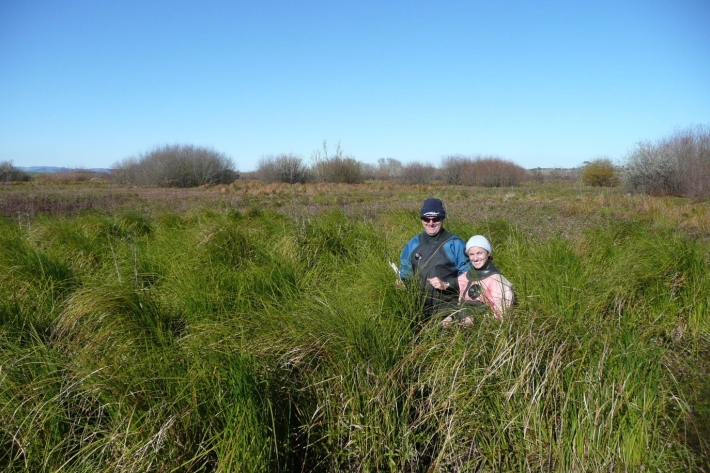
Ten years of willow control at Whangamarino Wetland 1999 - 2008
NIWA review of the ten year Whangamarino willow control programme and evaluation of willow distribution and other wetland vegetation types. -
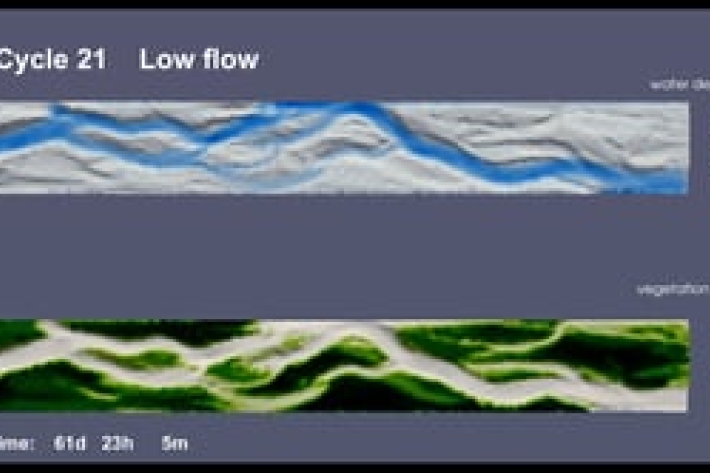
Modelling vegetation-impacted morphodynamics in braided rivers
NIWA is developing numerical models for predicting how the morphology of braided rivers responds to flow regulation and invasive exotic woody vegetation. -
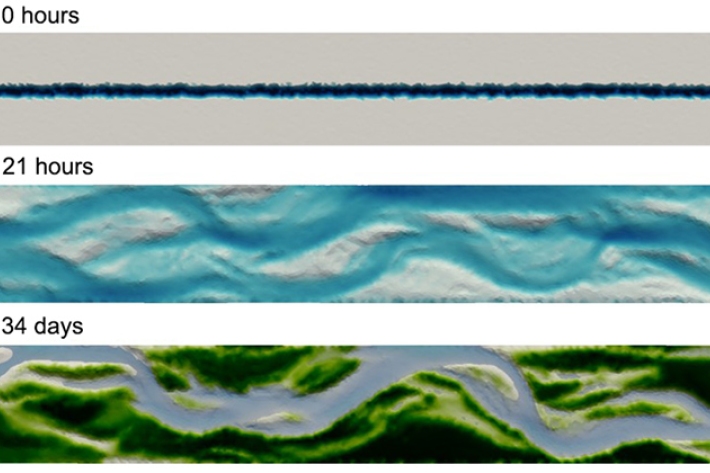
Modelling vegetation-impacted morphodynamics in braided rivers
Research ProjectNIWA is developing numerical models for predicting how the morphology of braided rivers responds to flow regulation and invasive exotic woody vegetation. -

Managing mangrove expansion
This manual aims to provide the guidance needed to manage mangrove expansion, while maintaining the ecological integrity of estuaries and harbours. -
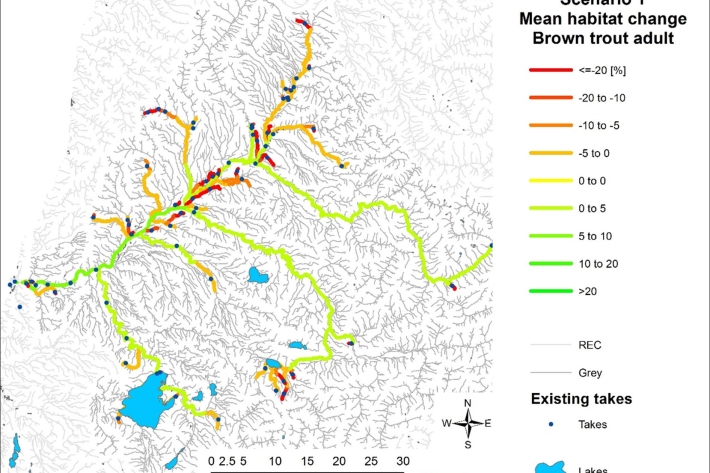
Managing water allocation on the West Coast
Research ProjectThis project investigated the capabilities and utility of NIWA’s Cumulative Hydrological Effects Simulator (CHES) tool for facilitating discussions and decision making associated with setting and applying water quantity limits in the Grey River catchment on the South Island’s West Coast. -

Environmental flow tools
Tools and software to assist with determining and managing environmental water flows. -
Ngā repo o Maniapoto - Maniapoto wetland inventory
Research ProjectThrough the Te Wai Māori fund Ngā Repo o Maniapoto is a collaborative project between NIWA and the Maniapoto Māori Trust Board (MMTB) Whanake Taiao team that looks to develop an inventory of repo and puna (springs) for the Maniapoto rohe. -
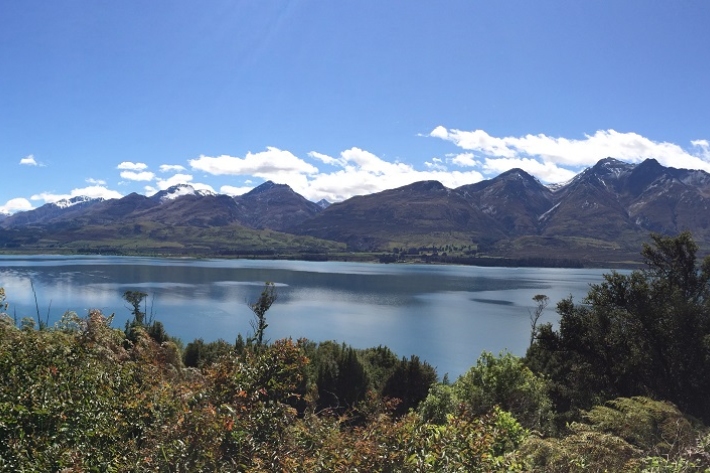
Ngā Kete o te Wānanga: Mātauranga, Science and Freshwater Management
Research ProjectNew Zealand’s freshwater and estuarine resources provide significant cultural, economic, social, and environmental benefits. Competition for the use of these resources is intensifying, and many rivers, lakes and estuaries are now degraded.

